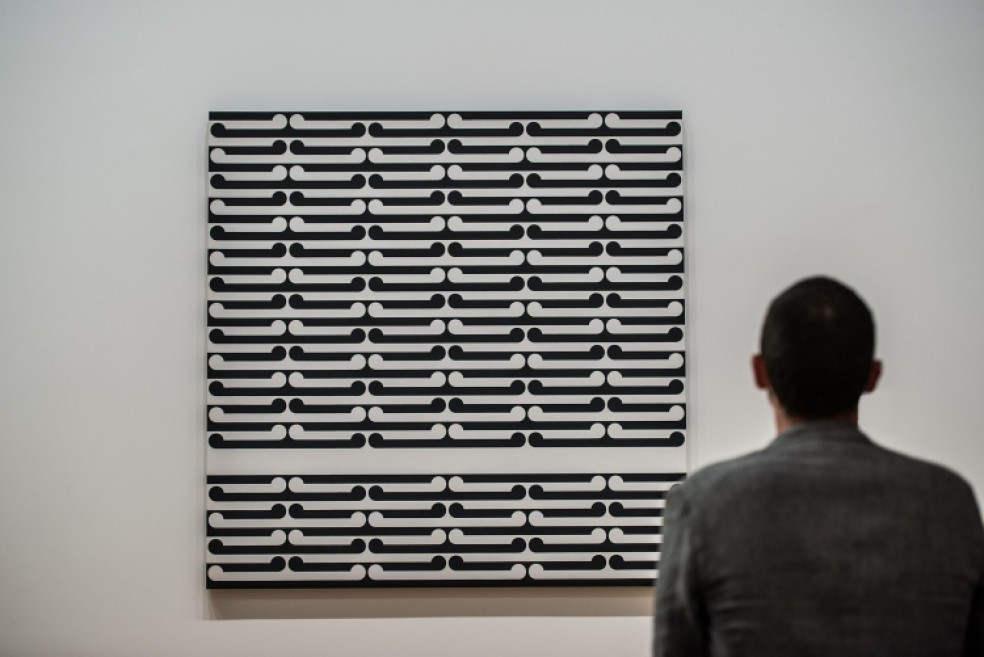New Zealand – particularly Auckland – has one of the most diverse workforces in the world, and smart cross-communication skills are becoming more critical than ever for diversity and inclusion.
The best leaders understand communication patterns, norms, expectations and taboos across a spectrum of cultures.
This blog series focuses on cultural intelligence in the workforce following on from our discussion panel, but from the viewpoint of selected Global Women members who represent New Zealand’s diverse ethnic makeup.
Today Global Women member Arihia Bennett, chief executive officer at Te Runanga o Ngai Tahu, provides five tips for leaders from a Maori perspective that you can effectively build into your teams.
1. Know your employee’s context
Make no assumptions about a person’s culture – one size or one approach does not fit all. As a leader, use respectful enquiry to get to know the cultural make up of your staff members. For example, if I am of Māori descent born and raised outside my ethnic cultural context then it’s highly likely that I may not have cultural knowledge and information. This applies to all staff not just Māori.
2. Varying depth of knowledge
Do not expect the staff member to be the font of all information about Māori and tikanga. We don’t expect this of other cultures and I think it shows our own ignorance if we think that one person speaks for all others from their specific culture – ethnic or otherwise.
3. Link up with local Maori leaders
If the company is genuinely interested in building its knowledge and understanding of Māori, the leadership should make connections and build relationships with the mana whenua, the people who have tribal links with the area (but ensure you meet with the right, authentic mandated leaders). Don’t shove this part onto the one Māori staff member; instead create an environment where the example comes from the leadership, and partner with staff to help build it into the culture of the company. 4. Learn to use protocol
If Māori staff members are well-immersed within the cultural background invite ways to celebrate this, weaving it into the cultural fabric of your organisation (hopefully the company would be using this approach with all staff to bring the richness of cultural diversity to the fore). There are many ways to demonstrate or practice protocols that blend in with the organisation’s ethos (tikanga). For example using Te Reo Māori relating to greetings, karakia, waiata, and practices around kai etc. 5. Individuals will be individuals
Culture is personal. It’s part of an individual’s make up and shapes their character, and it’s reflective of the person’s whānau, geographical and community connections. Two people from the same community can have a different view on what culture means to them. The same goes for Iwi members within the same Iwi (as protocols and practices will differ geographically).
Want more CQ tips? Read our previous blogs:
CQ from a Latin American Perspective, from Silvana Schenone of Minter Ellison Rudd Watts
CQ from an Indian Perspective, from Ranjna Patel of East Tamaki Healthcare
CQ from a Pacific Perspective, from Anne Fitisemanu of Counties-Manukau DHB
CQ from a Singaporean Perspective, from Wendy Lai of Deloitte NZ
